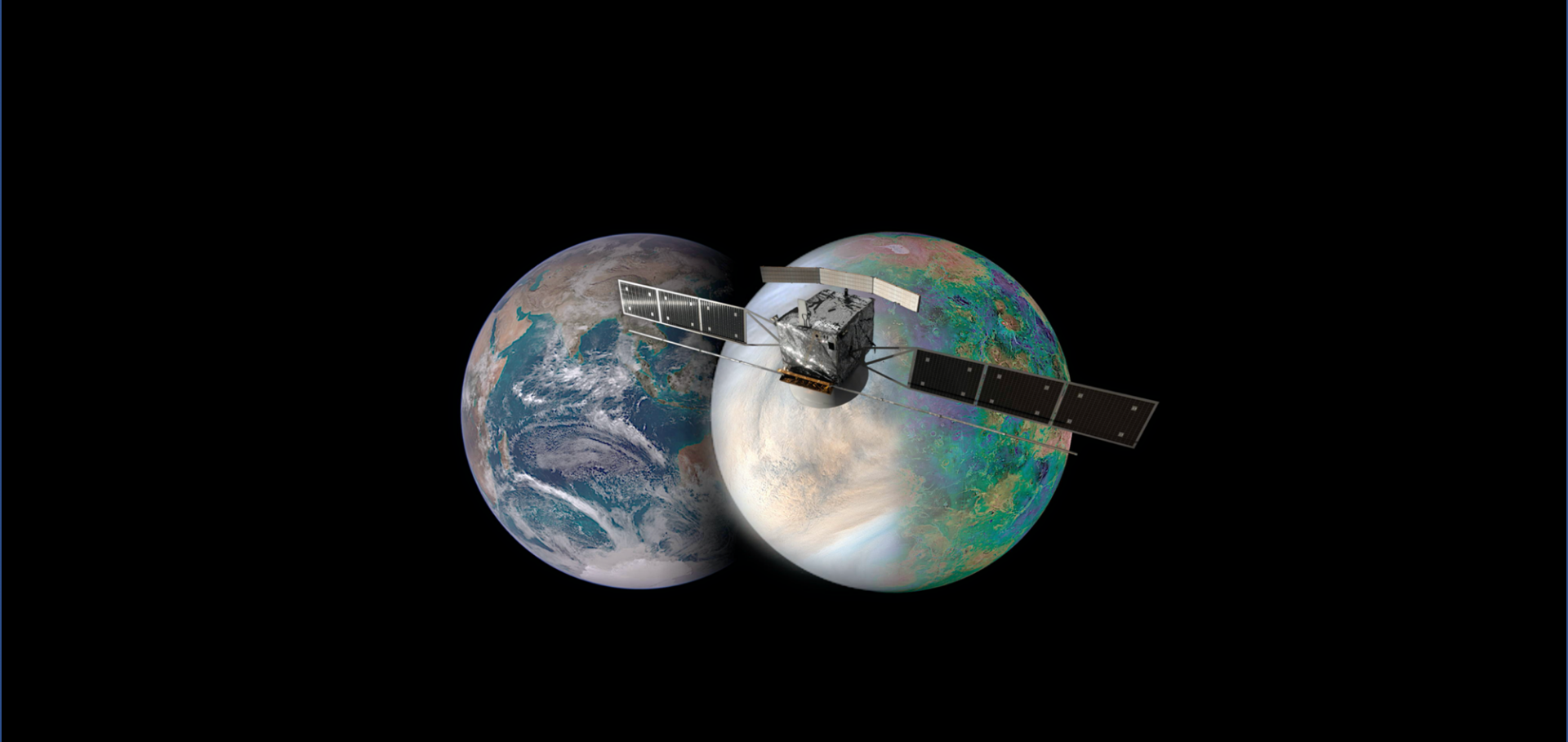The DREAMS experiment flown on the ExoMars 2016 mission for the study of Martian environment during the dust storm season
The thermal structure of the Venus atmosphere: intercomparison of Venus express and ground based observations of vertical temperature and density profiles
Abstract:
The Venus International Reference Atmosphere (VIRA) model contains tabulated values of temperature and number densities obtained by the experiments on the Venera entry probes, Pioneer Venus Orbiter and multi-probe missions in the 1980s. The instruments on the recent Venus Express orbiter mission generated a significant amount of new observational data on the vertical and horizontal structure of the Venus atmosphere from 40 km to about 180 km altitude from April 2006 to November 2014. Many ground based experiments have provided data on the upper atmosphere (90-130 km) temperature structure since the publication of VIRA in 1985. The "Thermal Structure of the Venus Atmosphere" Team was supported by the International Space Studies Institute (ISSI), Bern, Switzerland, from 2013 to 2015 in order to combine and compare the ground-based observations and the VEx observations of the thermal structure as a first step towards generating an updated VIRA model. Results of this comparison are presented in five latitude bins and three local time bins by assuming hemispheric symmetry. The intercomparison of the ground-based and VEx results provides for the first time a consistent picture of the temperature and density structure in the 40 km–180 km altitude range. The Venus Express observations have considerably increased our knowledge of the Venus atmospheric thermal structure above ∼40 km and provided new information above 100 km. There are, however, still observational gaps in latitude and local time above certain regions. Considerable variability in the temperatures and densities is seen above 100 km but certain features appear to be systematically present, such as a succession of warm and cool layers. Preliminary modeling studies support the existence of such layers in agreement with a global scale circulation. The intercomparison focuses on average profiles but some VEx experiments provide sufficient global coverage to identify solar thermal tidal components.
The differences between the VEx temperature profiles and the VIRA below 0.1 mbar/95 km are small. There is, however, a clear discrepancy at high latitudes in the 10-30 mbar (70-80 km) range. The VEx observations will also allow the improvement of the empirical models (VTS3 by Hedin et al., 1983 and VIRA by Keating et al., 1985) above 0.03 mbar/100 km, in particular the 100-150 km region where a sufficient observational coverage was previously missing. The next steps in order to define the updated VIRA temperature structure up to 150 km altitude are (1) define the grid on which this database may be provided, (2) fill what is possible with the results of the data intercomparison, and (3) fill the observational gaps. An interpolation between the datasets may be performed by using available General Circulation Models as guidelines.
An improved spatial coverage of observations is still necessary at all altitudes, in latitude-longitude and at all local solar times for a complete description of the atmospheric thermal structure, in particular on the dayside above 100 km. New in-situ observations in the atmosphere below 40 km are missing, an altitude region that cannot be accessed by occultation experiments. All these questions need to be addressed by future missions.


